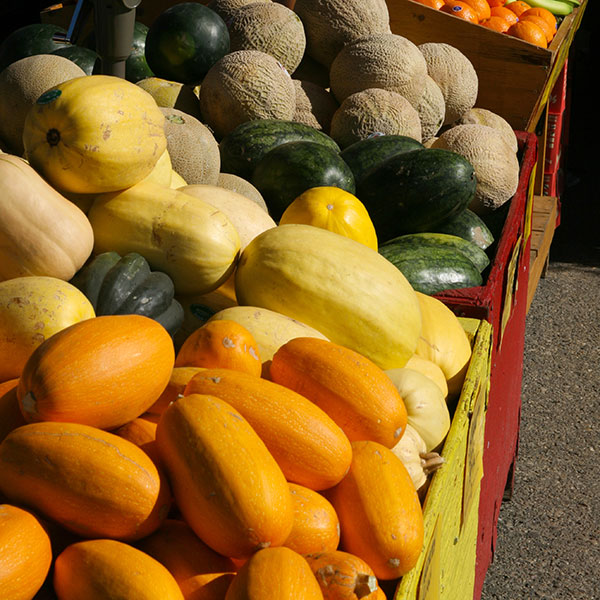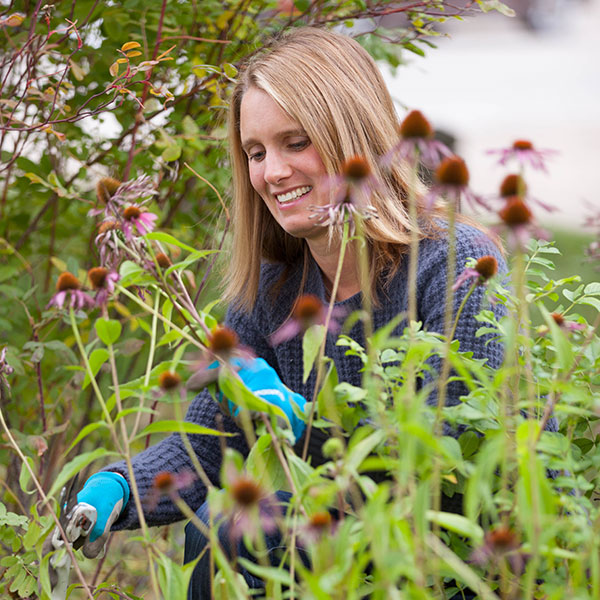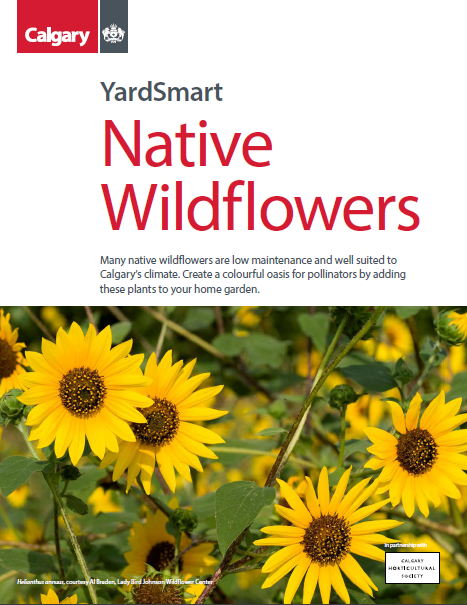Backyard gardening for pollinators
Planning to grow some heirloom tomatoes and squash in your backyard this summer? Maybe you’re looking forward to harvesting some pumpkins or a bouquet of wildflowers.
None of this would be possible without the help of pollinators. Just as pollinators require nectar and pollen from our plants, certain plants would not produce the summer bounties we enjoy without our native pollinators.
Learn about planting for pollinators this season.
The buzz on pollination

The pollen of some plants, such as pumpkin, squash, tomatoes and blueberries is locked tightly in their flowers. Most insects, including European honeybees, cannot access this pollen. But many of our native bees are the exception.
By contracting their flights muscles, these bees can cause a strong vibration. Using their legs and mouths, bees direct these vibrations onto the anther of a flower, releasing an explosion of pollen. Travelling from flower to flower, the bee releases pollen grains from previous blooms, ensuring plants are able to produce the fruits and vegetables we rely on.
Flower power
Living side-by-side for thousands of years, the adaptations of local pollinators align well with the types of native plants they frequent. For example, bees with long tongues are able to pollinate flowers with deep blooms, while bees with short tongues prefer shallow blooms.

Commercially bred flowers with big showy blooms that may be pleasing to us are often sterile and provide no nectar or pollen for native pollinators. To help pollinators find the appropriate resources in our urban jungle, consider planting native wildflowers with varying bloom shapes, sizes and flowering seasons.
Flowers in shades of blue, yellow, white and purple are most attractive to bees. Native wildflowers with shallow blooms include Prairie Crocus, Canada Anemone, Gaillardia and Blue Flax. Species with tubular flowers include Slender Blue Beardtongue, Golden Bean, Harebell and Wild Bergamot.
For more information on planting for pollinators visit Calgary.ca/YardSmart or downloadour plant list.


